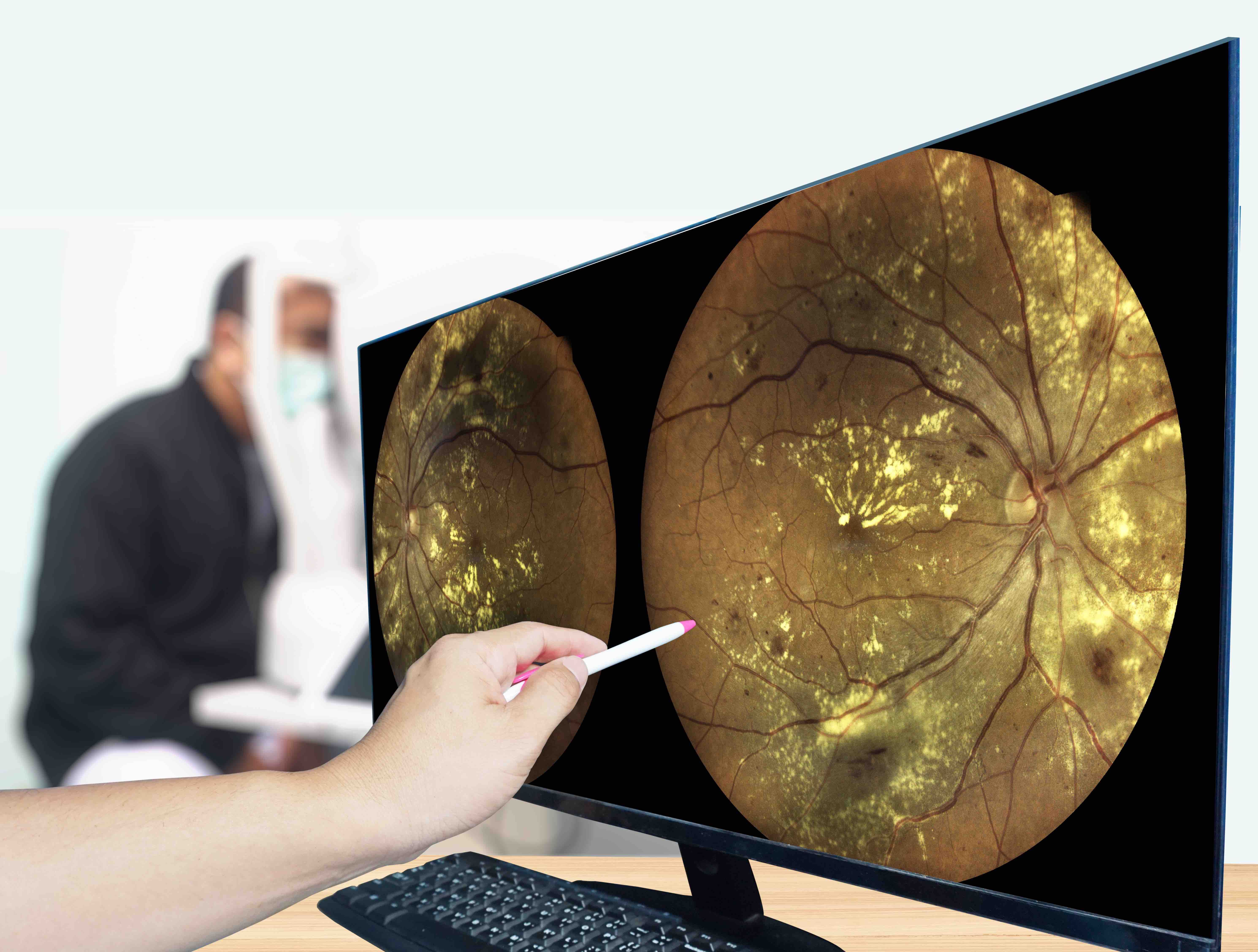Video
Dr Steven Yeh: Xipere’s New Delivery Method Requires Patient, Physician Education
Author(s):
Patients with uveitis and their physicians may be very familiar with intravitreal injections, but triamcinolone acetonide injectable suspension (Xipere) has a novel delivery method, said Steven Yeh, MD, professor and the Stanley Truhlsen Jr. Chair in Ophthalmology at the Truhlsen Eye Institute, University of Nebraska Medical Center.
Patients with uveitis and their physicians may be very familiar with intravitreal injections, but triamcinolone acetonide injectable suspension (Xipere) has a novel delivery method, said Steven Yeh, MD, professor and the Stanley Truhlsen Jr. Chair in Ophthalmology at the Truhlsen Eye Institute, University of Nebraska Medical Center.
Transcript
With Xipere having a new delivery method, what sort of education is needed for patients and payers?
Patients who have uveitis likely have received either intravitreal injections—injections directly into the eye—or periocular injections, which are injections around the eye. This is a novel drug delivery technique that actually puts medication in an anatomic location underneath the sclera, or the white part of the eye, and just between the sclera and a location of the eye called the choroid. Placement of this medication is a very elegant technique, and as such, it's a technique that physicians will continue to learn and develop and refine in their clinical practice. Patients will also recognize, again, this is a new technique, so there may be a different sensation or different feeling, but also differential efficacy outcomes in terms of improvement in visual acuity, as well as improvements as we see on our retinal imaging scans.
Among ophthalmologists, what training is needed to integrate suprachoroidal administration into practice?
Training for a new technique in the form of suprachoroidal drug delivery is always important for individuals who like to integrate this into their practices. This is a different technique than the intravitreal drug technique. I would consider this a nuanced technique, where it really relies on the positioning of the microneedle with respect to the surface of the eye. And with injection of this medication, you feel a loss of resistance, as this medication enters the suprachoroidal space. So, there really is a tactical field that we see with suprachoroidal injection that is quite different from intravitreal injections. But training is also very important, and certainly, this is something that can be taught and refined as [physicians] continue to deliver this medication for patients seeking to improve their visual acuity and, again, the quality of life.




